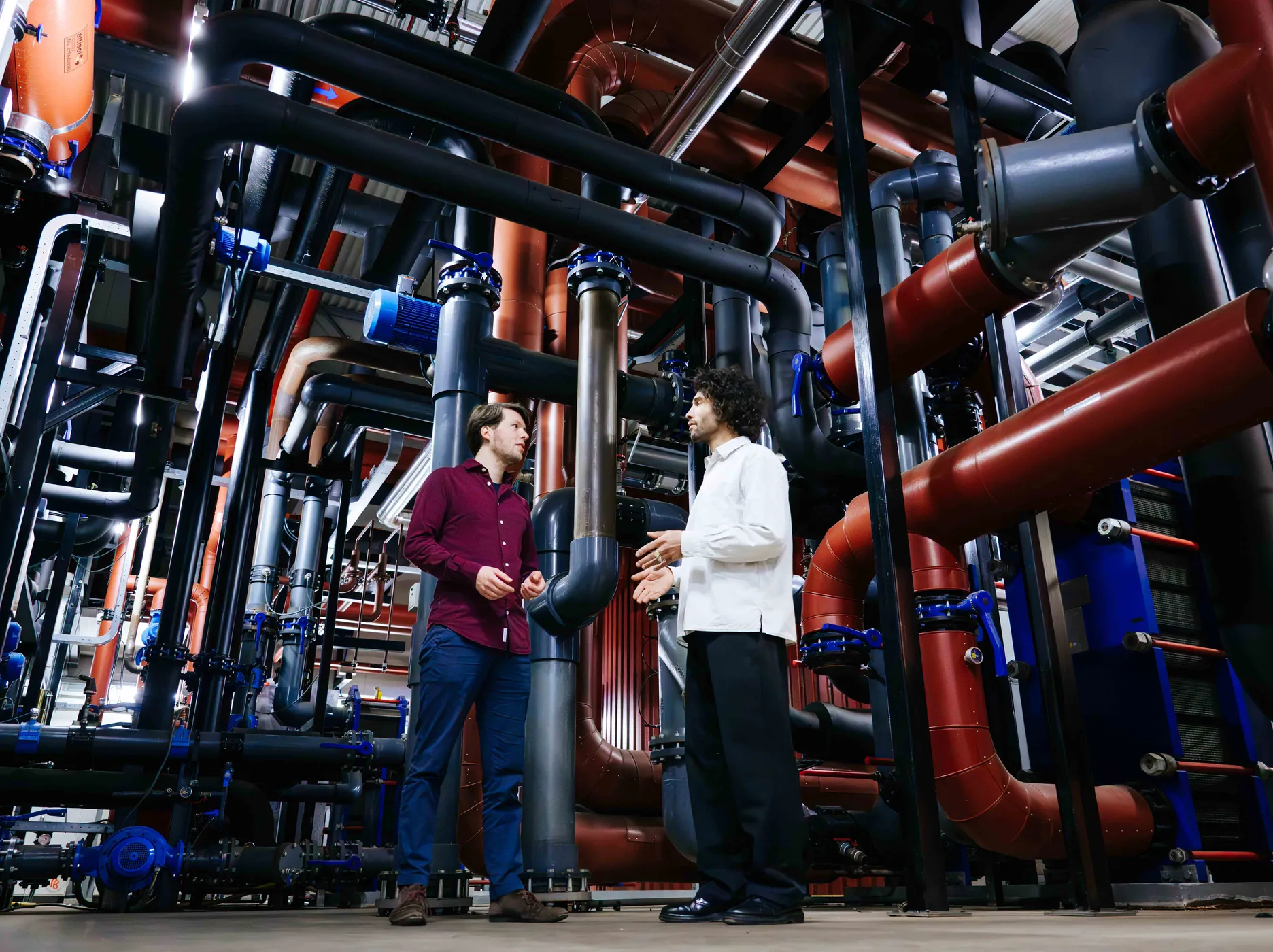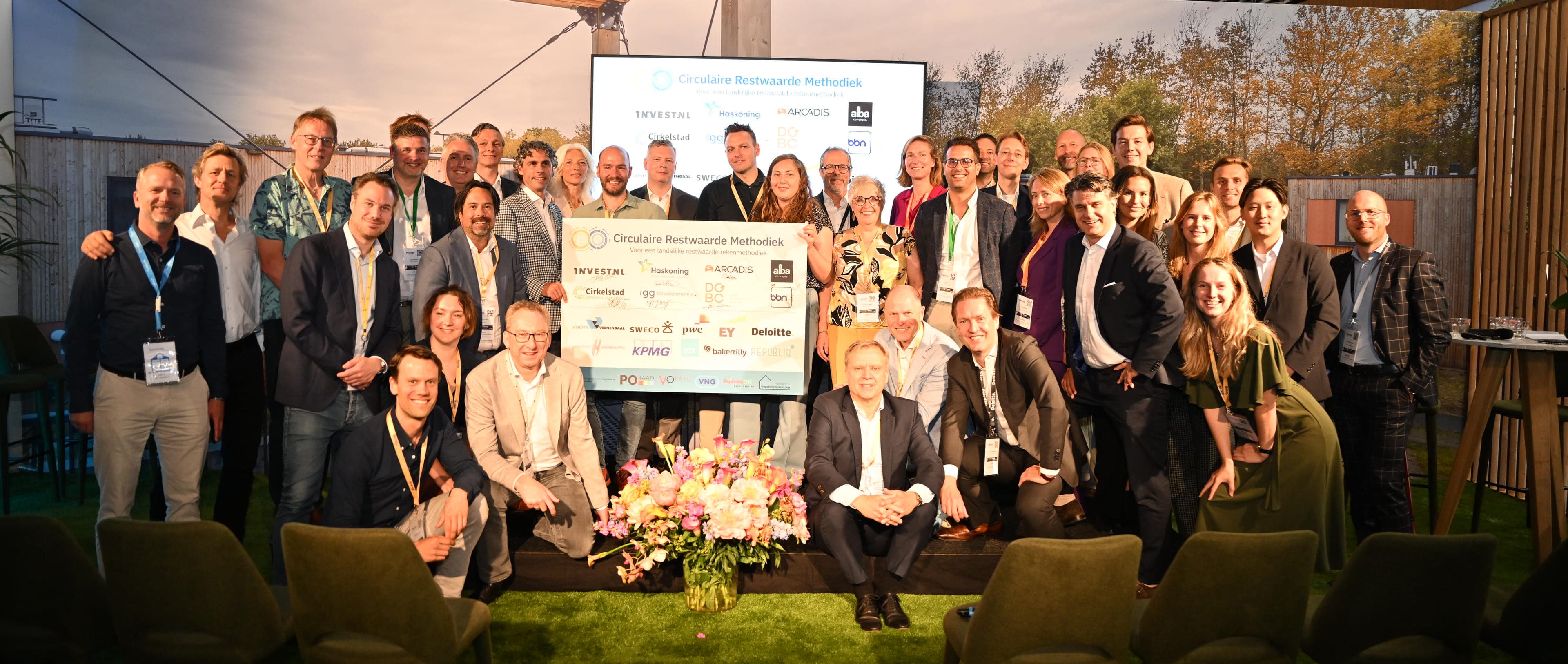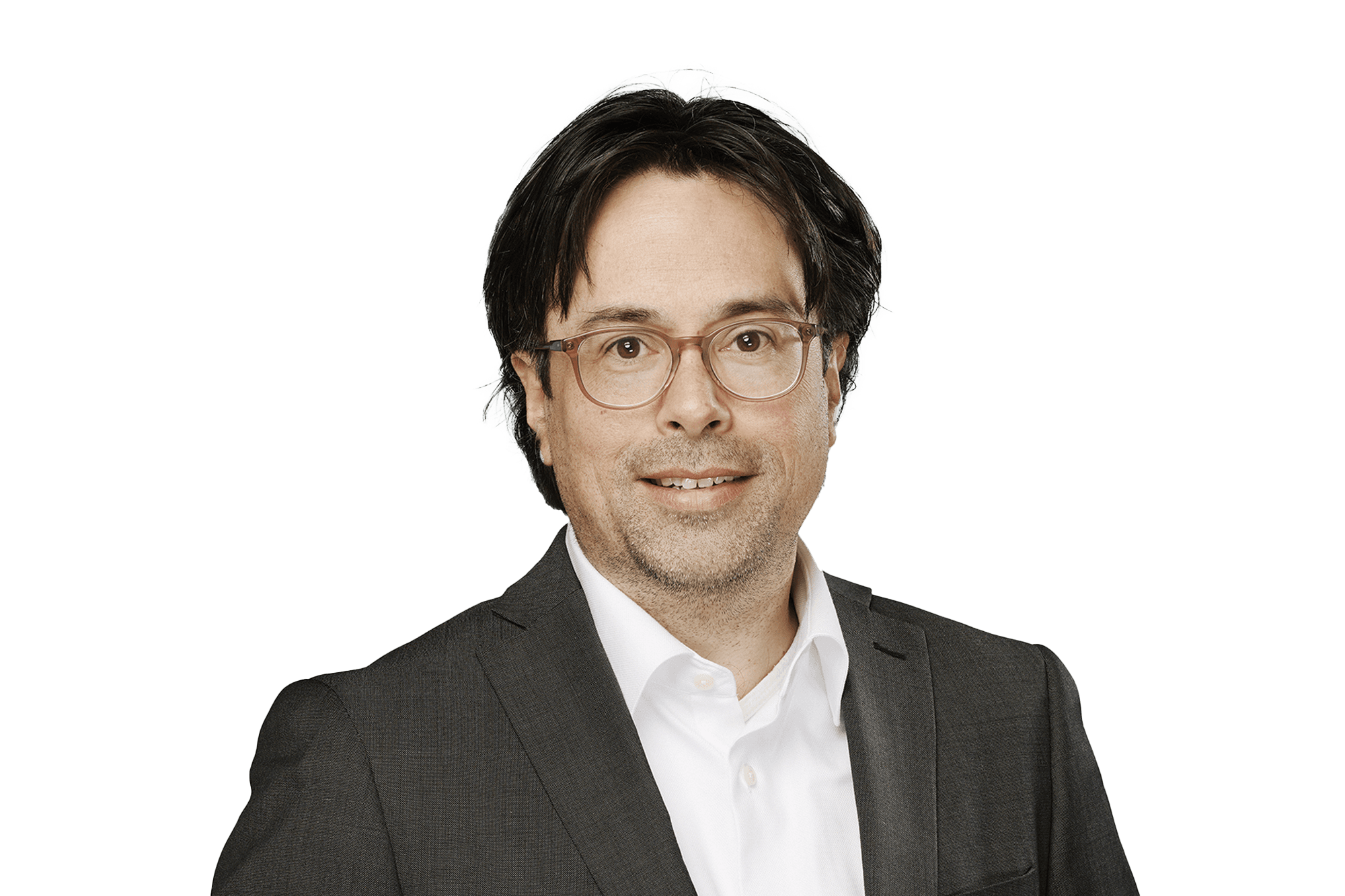
New financial model helps local hydrogen projects move forward
11 december 2025
June 19, 2025
3 minutes

How to make the added value of circular building visible — so that it is included in financing? Within the Education Housing Programme, Invest-NL collaborated with partners to develop a new standard for calculating circular residual value. This makes sustainable schools affordable during the operational phase.
Many municipalities want to build sustainably. School boards want healthy, future-proof learning environments. But when it comes to circular construction, they often get stuck on the calculation. The higher investment costs often do not seem proportionate to the benefits on paper — simply because the circular added value, such as reuse and longer lifespan, remains outside the scope. It is precisely this residual value that provides better considerations at the start of construction.
Therefore, in 2024, Invest-NL, together with Alba Concepts and bbn adviseurs, developed a uniform method to make the financial residual value of buildings calculable. This year, this methodology has been adapted for school buildings within the Education Housing Program – commissioned by the Ministry of OCW, VNG, PO-Raad, and VO-Raad. The methodology makes clear what circular building yields and makes it a full-fledged option within investment decisions and financing models.
“Circularity only becomes attractive if you can demonstrably and reliably show what the residual value is. This methodology makes the residual value of a building tangible, calculable, and applicable. That makes the difference for a financeable business case.” — Henk ter Elst, Project Manager Sustainable Veenendaal at the municipality of Veenendaal
The new standard builds on the approach previously developed by Invest-NL for circular flexible housing. It became clear: if you provide insight into the reuse potential of building parts, there is room for financing.
“What we learned from flexible housing, we now apply more broadly. With a residual value calculation based on reuse potential, we can demonstrably prove circularity and thus make it financeable,” says Jules Hercules, team lead Built Environment at Invest-NL.
The Built Environment team works from the same perspective on scalable solutions for social real estate. Think of municipal buildings, sports facilities, and healthcare institutions. Always with the same goal: making sustainable and circular construction feasible by improving the business case.
The methodology uses a fixed system in which the residual value of products, elements, or modules is calculated based on construction costs, minus expenses such as dismantling and transportation. This results in a figure that construction cost experts can estimate, accountants can verify, and financiers can recheck and incorporate into repayment schedules.
During the Provada real estate fair, the method will be presented and endorsed by parties across the entire chain: from construction cost experts to accountants. The ambition is clear: this standard must become the norm for circular residual value calculations in educational real estate.
And afterwards? The team is also looking into applying this to other types of social real estate. With this approach, we lay the financial foundation for circular choices in every type of property and can accelerate the transition to sustainable construction.
Jules Hercules
theme expert Gebouwde Omgeving
